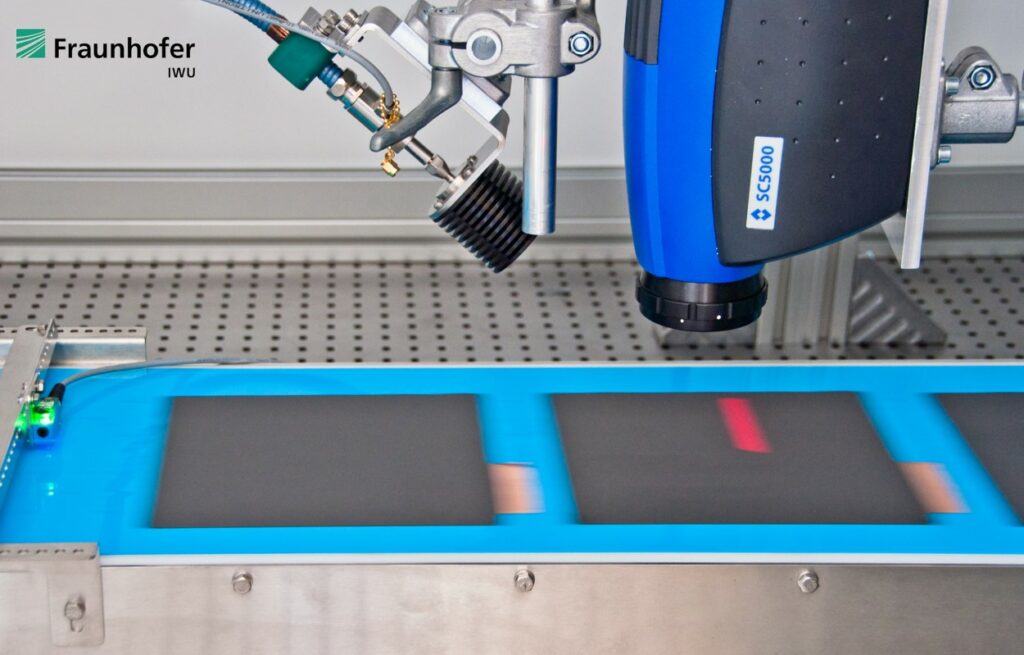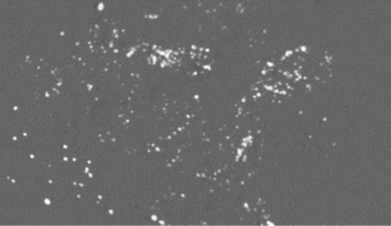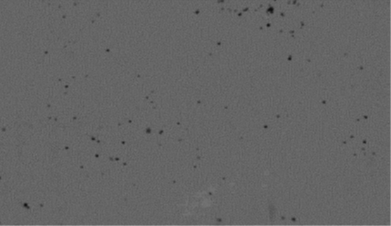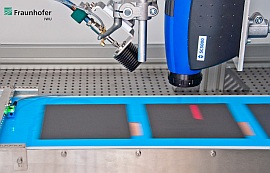Mini-batteries for in-ear headphones or hearing aids are, just like all other batteries, subject to a danger: If the smallest particles sneak in between the electrode strips during production, this can lead to short circuits during operation. An edevis inspection system uses laser thermography to check for particle contamination, thus ensuring that the customer’s production processes are validated.
The application:
The customer was a battery manufacturer with cell production in the battery sector. In this process, undesirable particles can be generated, e.g. by cutting processes. In order to validate and optimize the cutting and cleaning processes, the electrode belts in production were to be randomly tested for particle contamination.

The task:
The task involved using random samples to obtain information about the optimum production and cleaning strategy (compressed air, brushing, etc.). The detection of metal and coating particles on anode and cathode strip material using laser thermography was therefore an important step in validating the processes. The detection was to be done by heating the electrode tape using a laser line and a high resolution fast infrared camera. Metal and coating particles were to be identified quickly and reliably in comparison to the electrode material.


The challenge:
The Implementation was quite more than a simple undertaking, because particles as small as 15 micrometers had to be detected. In image processing, this corresponds to only a single pixel. It was possible to realize the required parameters with the imaging method. But the size was merely a question of technical design. More difficult to solve was the requirement that particle detection had to take place on the running belt in a flow, which placed increased demands on performance in image processing and on algorithmic conversion processes that have to convert running films into still images. Incidentally, the special know-how of this process is described in a separate edevis article on “Moving Thermography”.
The solution:
The test stand was developed and built by the customer. At its core, it consisted of two rollers with which the electrode tape can be guided through the small test area of only 10 mm width, just like a cassette recorder. There, the electrode tape is heated by a laser line and the heating is recorded by a high-resolution fast infrared camera. Coating particles heat up more than the background, while metal particles do not heat up as quickly and stand out darkly. By evaluating multiple lines, the inspection system analyzes the heating or cooling behavior to provide a robust result.
The project planning:
The customer implemented the test stand on its own and called in edevis at the crucial point of the process. The test concept was based on experience gained by edevis in an earlier research project. The evaluation software was then developed together with the research partner and in consultation with the customer. The application was realized on the test bench, taught in at the edevis partner and finally put into operation at the customer.
